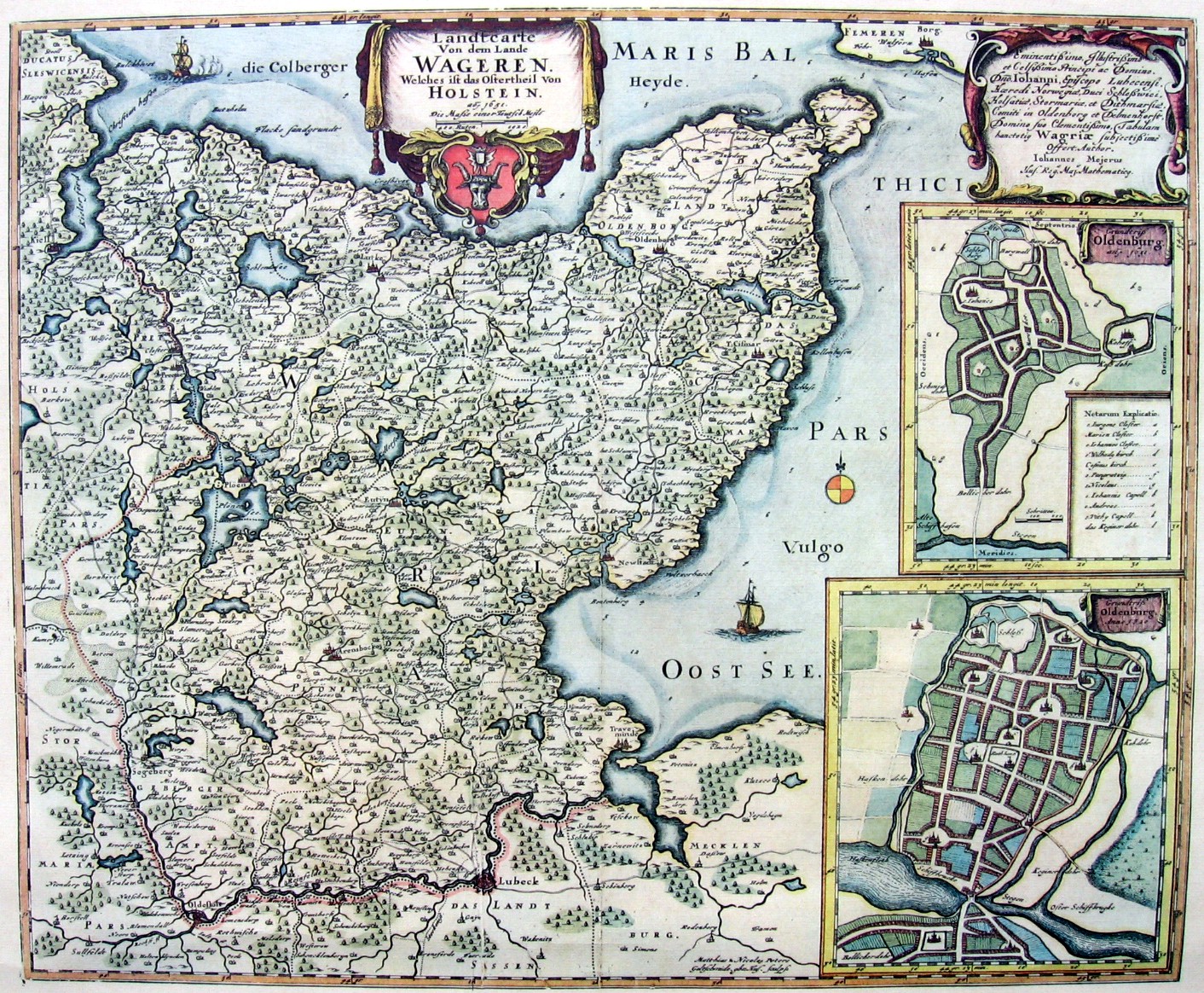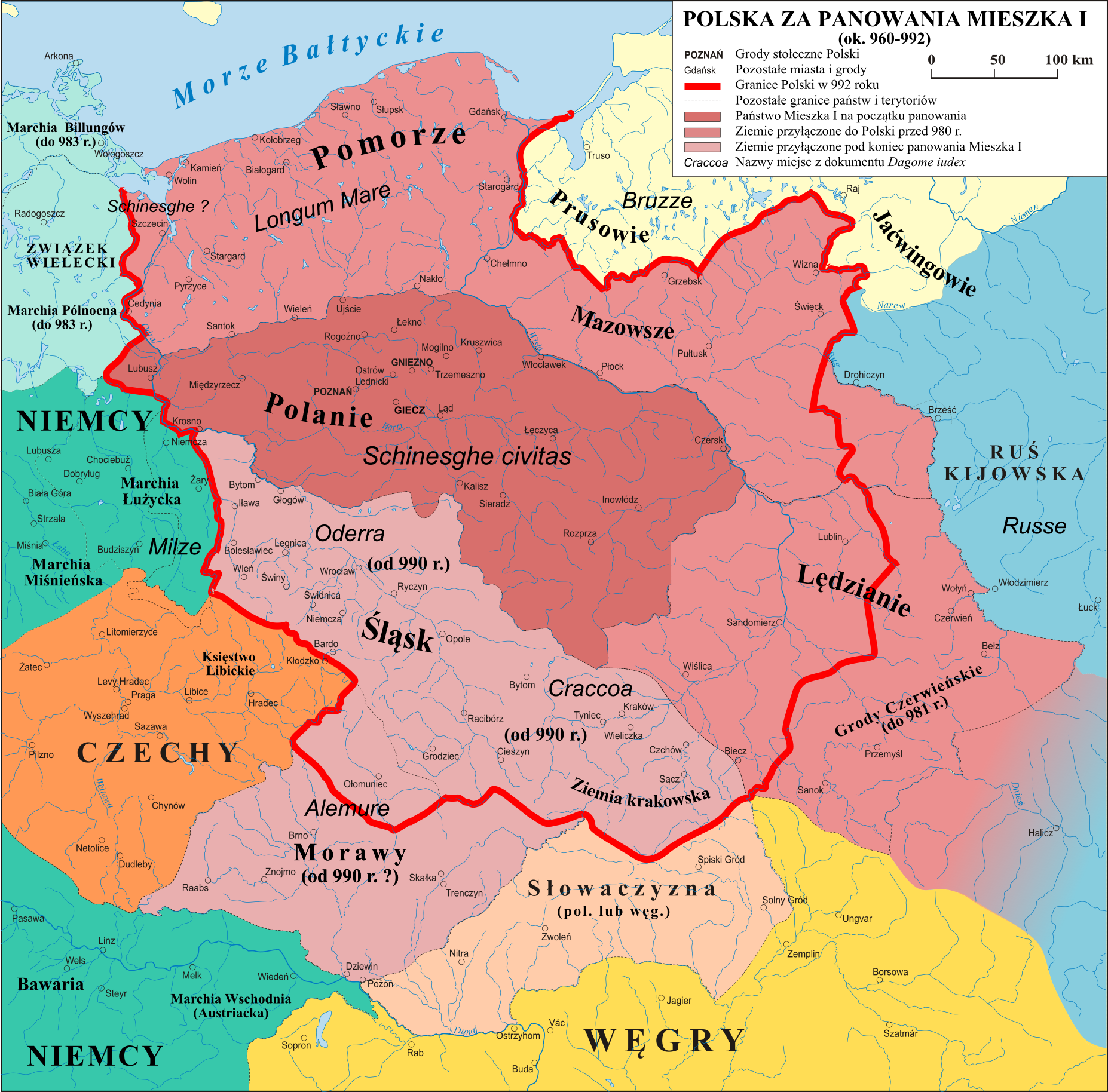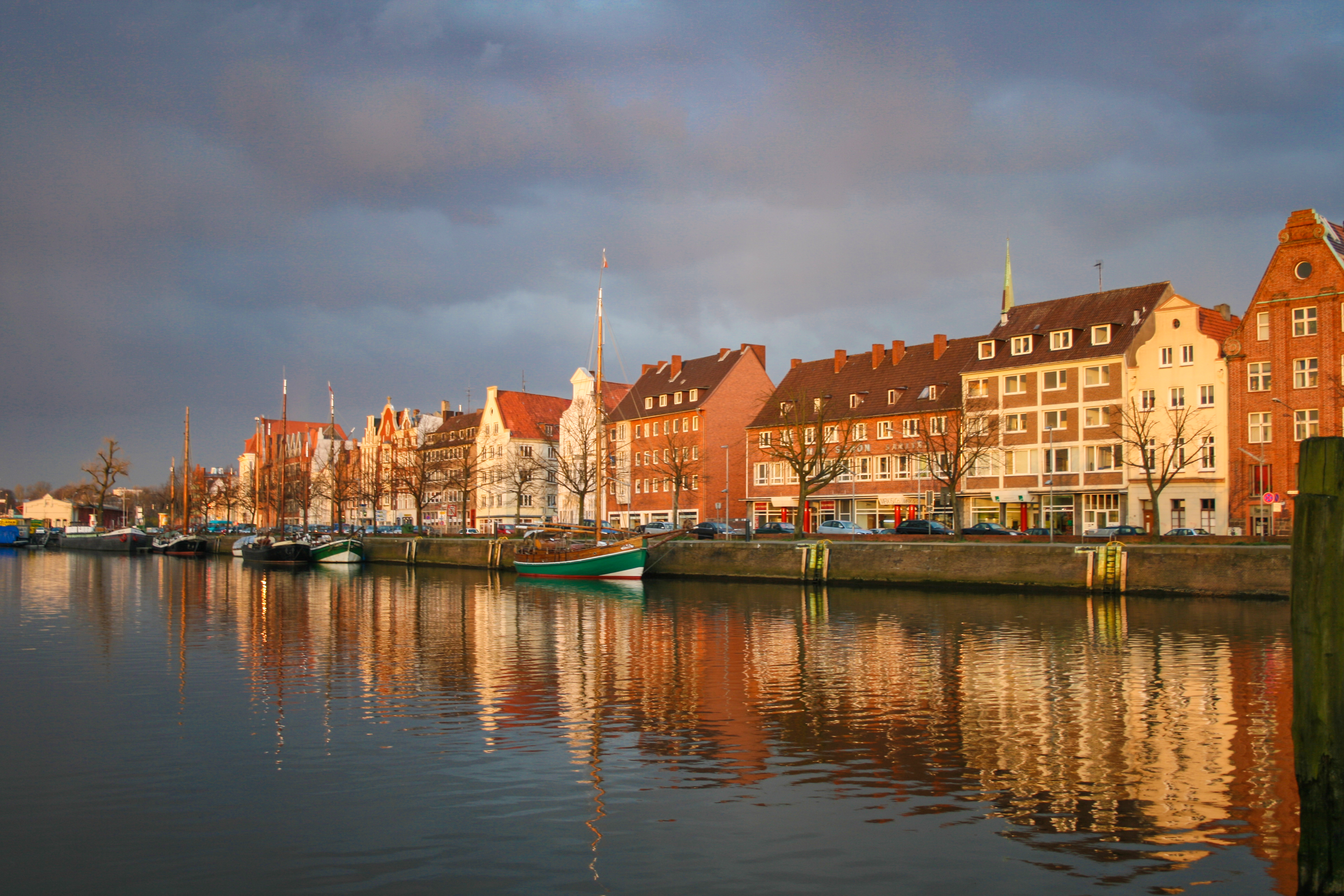|
Wagria
WagriaArnold, Benjamin (1991). ''Princes and territories in medieval Germany'', Cambridge University Press, Cambridge and New York, p. 156. . (german: Wagrien, ''Waierland'' or ''Wagerland'') is the northeastern part of Holstein in the German state of Schleswig-Holstein, corresponding roughly to the districts of Plön and Ostholstein. The word "Wagria" is derived derived from the Slavic Lechites tribe of Wagri, which meant "those who live by the bays". Geography In the Middle Ages, and as still shown on early modern maps, Wagria was bordered on the north and east by the Baltic Sea from the Kiel Fjord to Lübeck Bay, and inland by the rivers Schwentine and Trave. Today, Wagria generally refers just to the Oldenburg Peninsula (''Oldenburgische Halbinsel'') in Ostholstein. The highest elevation in the peninsula is the Bungsberg at 168 metres. History The Lechitic (Slavic) root of the name, ''Wagria'', meant not only the so-called, present-day Wagrian peninsula, but the ent ... [...More Info...] [...Related Items...] OR: [Wikipedia] [Google] [Baidu] |
Wagri
The Wagri, Wagiri, or Wagrians were a tribe of Polabian Slavs inhabiting Wagria, or eastern Holstein in northern Germany, from the ninth to twelfth centuries. They were a constituent tribe of the Obodrite confederacy. In the Slavic uprisings of 983 and c. 1040 under Gottschalk, Wagria was wasted and ruined. Many German towns and churches were destroyed and the region was largely depopulated. In 1066, the Wagri allied with the Wilzi in storming the line of Saxon burgwarden from Mecklenburg to Schwerin and into German territory as deep as Hamburg. Around 1090, the still pagan Wagri and Liutizi came under the sway of the Rani-born Kruto. Each tribe elected its own chief who was subordinate to Kruto. In 1093, the Christian Obodrites under Henry, aided by some Saxons and the local Low German population, defeated Kruto at the Battle of Schmilau near Ratzeburg. The Wagri were brought to tributary status once more. The Christianisation of Wagria began under Unwan, Archbishop of Breme ... [...More Info...] [...Related Items...] OR: [Wikipedia] [Google] [Baidu] |
Liubice
Liubice, also known by the German name Alt-Lübeck ("Old Lübeck"), was a medieval West Slavic settlement near the site of modern Lübeck, Germany. Liubice was located at the confluence of the Schwartau with the Trave across from Teerhof Island, approximately four kilometres north of Lübeck's island old town. The residence of Henry, the Christian prince of the Obotrites, Liubice was destroyed after his death by the pagan Rani of Rugia. History Slavic tribes began migrating to the Bay of Lübeck in the 7th century, replacing migrating Germanic tribes. The Wagrians and Polabians established numerous villages and castles, including Starigard, Plune, Racisburg, and Liubice, whose name means "lovely". Liubice was sparsely populated during the 9th and 10th centuries. In the middle of the 11th century, the settlement began to develop. Starting in 1055 during the rule of Gottschalk, a Christian prince of the Obotrite confederacy, the old castle was rebuilt. Gottschalk was ... [...More Info...] [...Related Items...] OR: [Wikipedia] [Google] [Baidu] |
Holstein
Holstein (; nds, label= Northern Low Saxon, Holsteen; da, Holsten; Latin and historical en, Holsatia, italic=yes) is the region between the rivers Elbe and Eider. It is the southern half of Schleswig-Holstein, the northernmost state of Germany. Holstein once existed as the German County of Holstein (german: Grafschaft Holstein, links=no; 811–1474), the later Duchy of Holstein (german: Herzogtum Holstein, links=no; 1474–1866), and was the northernmost territory of the Holy Roman Empire. The history of Holstein is closely intertwined with the history of the Danish Duchy of Schleswig ( da, Slesvig, links=no). The capital of Holstein is Kiel. Holstein's name comes from the Holcetae, a Saxon tribe mentioned by Adam of Bremen as living on the north bank of the Elbe, to the west of Hamburg. The name means "dwellers in the wood" (Northern Low Saxon: ; german: Holzsassen, links=no). History Origins After the Migration Period of the Early Middle Ages, Holstein was adjacen ... [...More Info...] [...Related Items...] OR: [Wikipedia] [Google] [Baidu] |
Adolf II Of Schauenburg And Holstein
Adolf II of Holstein ( – 6 July 1164) was the Count of Schauenburg and Holstein from 1130 until his death, though he was briefly out of Holstein from 1137 until 1142. He succeeded his father Adolf I under the regency of his mother, Hildewa. After the death of the Emperor Lothair II (1137), the new king, Conrad III, granted the Duchy of Saxony to Albert the Bear. Adolf was consequently deprived of Holstein because he was a Welf supporter and refused to recognise Albert as duke. He only received it back in 1142 when Conrad and Henry the Lion were reconciled. In 1143 as a result of the Wendish Crusade, Henry and Adolf divided the rule of the conquered Slavic lands to their east. Adolf received Wagria with its chief city, the castle of Sigberg, built by Lothair, and Henry received Polabia with Ratzeburg as its capital. Sigberg became Adolf's chief fortress and most regular seat. Adolf promoted Christianity in his new lands, especially through the missionary work of Vicelinu ... [...More Info...] [...Related Items...] OR: [Wikipedia] [Google] [Baidu] |
Oldenburg In Holstein
Oldenburg in Holstein () is a town at the southwestern shore of the Baltic Sea. The nearest city is Lübeck. The town belongs to the (historical) region of Holstein, today in the state Schleswig-Holstein of Germany. Oldenburg was the chief town of the Wagrians, one of the Slavic peoples that migrated as far west as the river Elbe in or after the 6th century (see Völkerwanderung), also known as Wends and Obotrites. They arrived about A.D. 700 and the Pomeranian/Kashubian (Slavic) name was ' or ', meaning "Old Settlement", "Old Castle", "Old City/Town"; the German name ' is of Low German origin and carries the same meaning. The Obotrites were allies of Charlemagne. Emperor Otto I established the bishopric of Oldenburg under Adaldag, archbishop of Hamburg. To the Northern Germanic Vikings, the city was known as ', i.e. "the burned houses", indicating the bellicose times. For centuries, Starigard/Oldenburg remained the Slavic competitor of Hedeby on the Baltic trade, until ... [...More Info...] [...Related Items...] OR: [Wikipedia] [Google] [Baidu] |
Lechites
Lechites (, german: Lechiten), also known as the Lechitic tribes (, german: Lechitische Stämme), is a name given to certain West Slavs, West Slavic tribes who inhabited modern-day Poland and eastern Germany, and were speakers of the Lechitic languages. Distinct from the Czech–Slovak languages, Czech–Slovak subgroup, they are the closest ancestors of ethnic Poles and the Pomeranians (Slavic tribe), Pomeranians, Lusatians and Polabians. History According to Polish legend, Mieszko I inherited the ducal throne from his father who probably ruled over two-thirds of the territory inhabited by eastern Lechite tribes. He united the Lechites east of the Oder (Polans (western), Polans, Masovians, Pomeranians (Slavic tribe), Pomeranians, Vistulans, Silesians) into a single country of Poland. His son, Bolesław Chrobry, Bolesław I the Brave, founded the bishoprics at Wrocław, Kołobrzeg, and Kraków, and an archbishopric at Gniezno. Bolesław carried out successful wars against Bohemi ... [...More Info...] [...Related Items...] OR: [Wikipedia] [Google] [Baidu] |
Trave
The Trave () is a river in Schleswig-Holstein, Germany. It is approximately long, running from its source near the village of Gießelrade in Ostholstein to Travemünde, where it flows into the Baltic Sea. It passes through Bad Segeberg, Bad Oldesloe, and Lübeck, where it is linked to the Elbe–Lübeck Canal. It is navigable for sea-going vessels from the Baltic to the Lübeck ports. The Herren Tunnel crosses the Trave, as do numerous bridges, and a ferry connects Travemünde with Priwall. Tributaries of the Trave include the Wakenitz and the Stepenitz. Course Source and upper Trave The Trave rises in Gießelrade (a village in Ostholstein), whence it flows first southwesterly through the Wardersee to Bad Segeberg and then further south to Bad Oldesloe. There it bends eastward to just south of Reinfeld, flowing past Hamberge and (a district of Lübeck) to reach Lübeck. In Lübeck The Elbe–Lübeck Canal joins the Trave from the south shortly before the river reaches L ... [...More Info...] [...Related Items...] OR: [Wikipedia] [Google] [Baidu] |
Schwentine
The Schwentine is a river in the North German state of Schleswig-Holstein. It is approximately long and rises on the hill of Bungsberg, the highest point in the state, near the village of Kasseedorf in Ostholstein. It then runs from its source to Kiel where it flows into the Kiel Fjord, a bay of the Baltic Sea. It passes through several lakes, including the Großer Plöner See, the largest lake in Schleswig-Holstein, as well as the towns Eutin, Malente, Plön, Preetz and Kiel. Water management The Schwentine is of great importance in the supply of drinking water managed by the Kiel Utilities Company. The Schwentine Valley Waterworks (''Wasserwerk Schwentinetal'') has been located near Klausdorf since about 1900. Although the Schwentine valley gives an exceptionally natural impression along virtually its entire length, it is closely linked to the industrialisation of the city of Kiel. Two hydroelectric plants, now classed as cultural monuments, (one on the Rosensee) were lai ... [...More Info...] [...Related Items...] OR: [Wikipedia] [Google] [Baidu] |
Westphalia
Westphalia (; german: Westfalen ; nds, Westfalen ) is a region of northwestern Germany and one of the three historic parts of the state of North Rhine-Westphalia. It has an area of and 7.9 million inhabitants. The territory of the region is almost identical with the historic Province of Westphalia, which was a part of the Kingdom of Prussia from 1815 to 1918 and the Free State of Prussia from 1918 to 1946. In 1946, Westphalia merged with North Rhine, another former part of Prussia, to form the newly created state of North Rhine-Westphalia. In 1947, the state with its two historic parts was joined by a third one: Lippe, a former principality and free state. The seventeen districts and nine independent cities of Westphalia and the single district of Lippe are members of the Westphalia-Lippe Regional Association (''Landschaftsverband Westfalen-Lippe''). Previous to the formation of Westphalia as a province of Prussia and later state part of North Rhine-Westphalia, t ... [...More Info...] [...Related Items...] OR: [Wikipedia] [Google] [Baidu] |
Holland
Holland is a geographical regionG. Geerts & H. Heestermans, 1981, ''Groot Woordenboek der Nederlandse Taal. Deel I'', Van Dale Lexicografie, Utrecht, p 1105 and former province on the western coast of the Netherlands. From the 10th to the 16th century, Holland proper was a unified political region within the Holy Roman Empire as a county ruled by the counts of Holland. By the 17th century, the province of Holland had risen to become a maritime and economic power, dominating the other provinces of the newly independent Dutch Republic. The area of the former County of Holland roughly coincides with the two current Dutch provinces of North Holland and South Holland into which it was divided, and which together include the Netherlands' three largest cities: the capital city (Amsterdam), the home of Europe's largest port ( Rotterdam), and the seat of government (The Hague). Holland has a population of 6,583,534 as of November 2019, and a population density of 1203/km2. The name ' ... [...More Info...] [...Related Items...] OR: [Wikipedia] [Google] [Baidu] |





